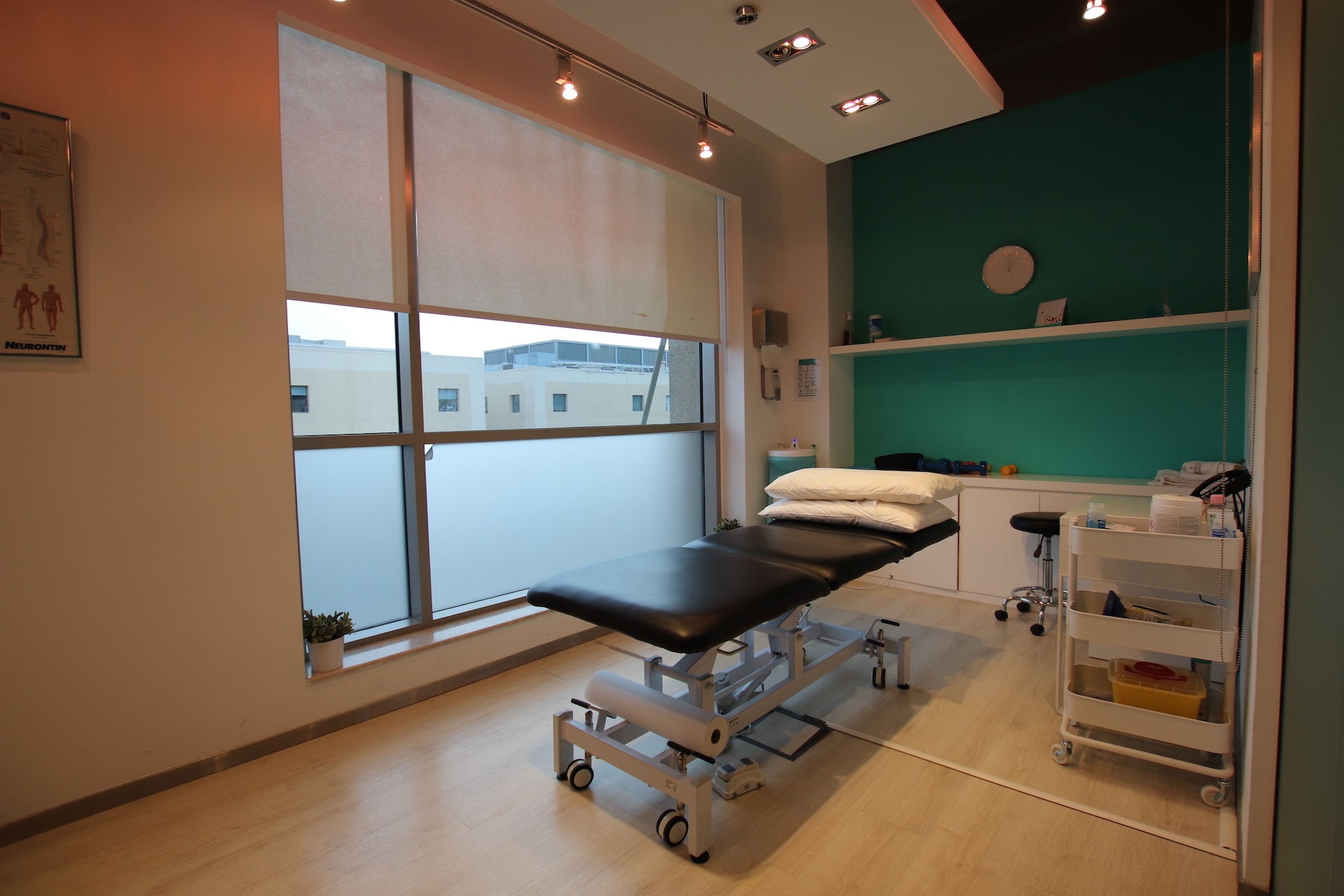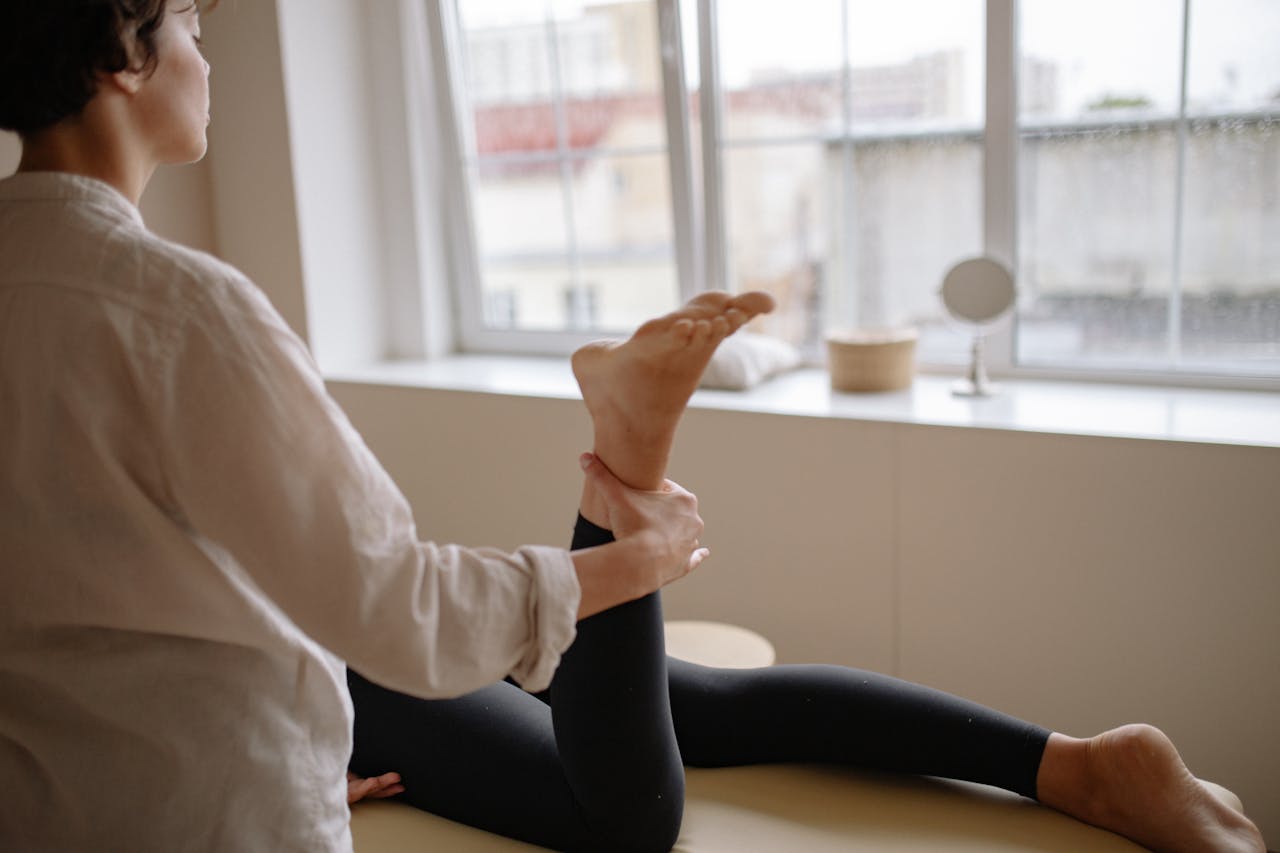
Adherence is a critical piece of a patient journey in many fields, but it is the cornerstone of the patient journey in physical therapy. While all physical therapists deal with a certain degree of adherence issues, many physical therapists might not understand the actual cost of poor patient adherence to their practices.
A key metric of physical therapy adherence is patient retention rate, or drop-off rate. This is the percentage of patients that begin a physical therapy episode of care but self-discharge, or do not complete their full course of care. Consider the following hypothetical clinic:
- 20 physical therapists
- 11 daily appointments per physical therapist (average daily appointments per PT, according to WebPT’s survey of roughly 6,000 PTs)
- Payer mix and reimbursement rates:
- 60% commercial ($130/visit)
- 20% Medicare ($90/visit)
- 10% Medicaid ($80/visit)
- 10% Workers’ Comp ($100/visit)
- Average of 10 visits per episode of care
WebPT’s chief clinical officer, Heidi Jannenga, PT, DPT, ATC/L, claims that 70% of physical therapy patients do not complete their full course of care and that 20% drop off within three visits. Let’s take a look at what this might mean in practice for our hypothetical practice’s annual financials using the following table:

In this scenario that likely plays out in a similar way across the country, the clinic misses out on about $2M of reimbursable dollars because of patient drop-off, representing 35% of its total annual revenue opportunity.
How Computer Vision Can Help

Computer vision and AI platforms can provide more engaging physical therapy options that can drive stronger patient engagement and adherence. For example, computer vision and AI platforms can provide:
- Quantitative progress measurements, through exercise performance scores, and ROM, demonstrating the treatment’s benefits to the patient.
- Clear visibility into progress to keep patients motivated and committed
- Patient accountability due to clinician visibility into HEP activity and behavior-based notifications
- “Virtual physical therapy packages” for patients that are unable to attend some or all in-person sessions
For more information, check out our post “How AI is Transforming Physiotherapy”, or reach out to us at info@kemtai.com
Notes: (1) Calculation for potential number of patients: 20 PTs * 11 daily appts per PT * 5 days worked per week * 50 weeks worked per year / avg. 10 visits per patient; (2) Revenue-related calculations conservatively exclude co-pays due to significant geographical variation and variation among payers

 2 min reading
2 min reading


